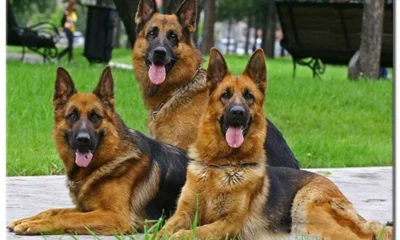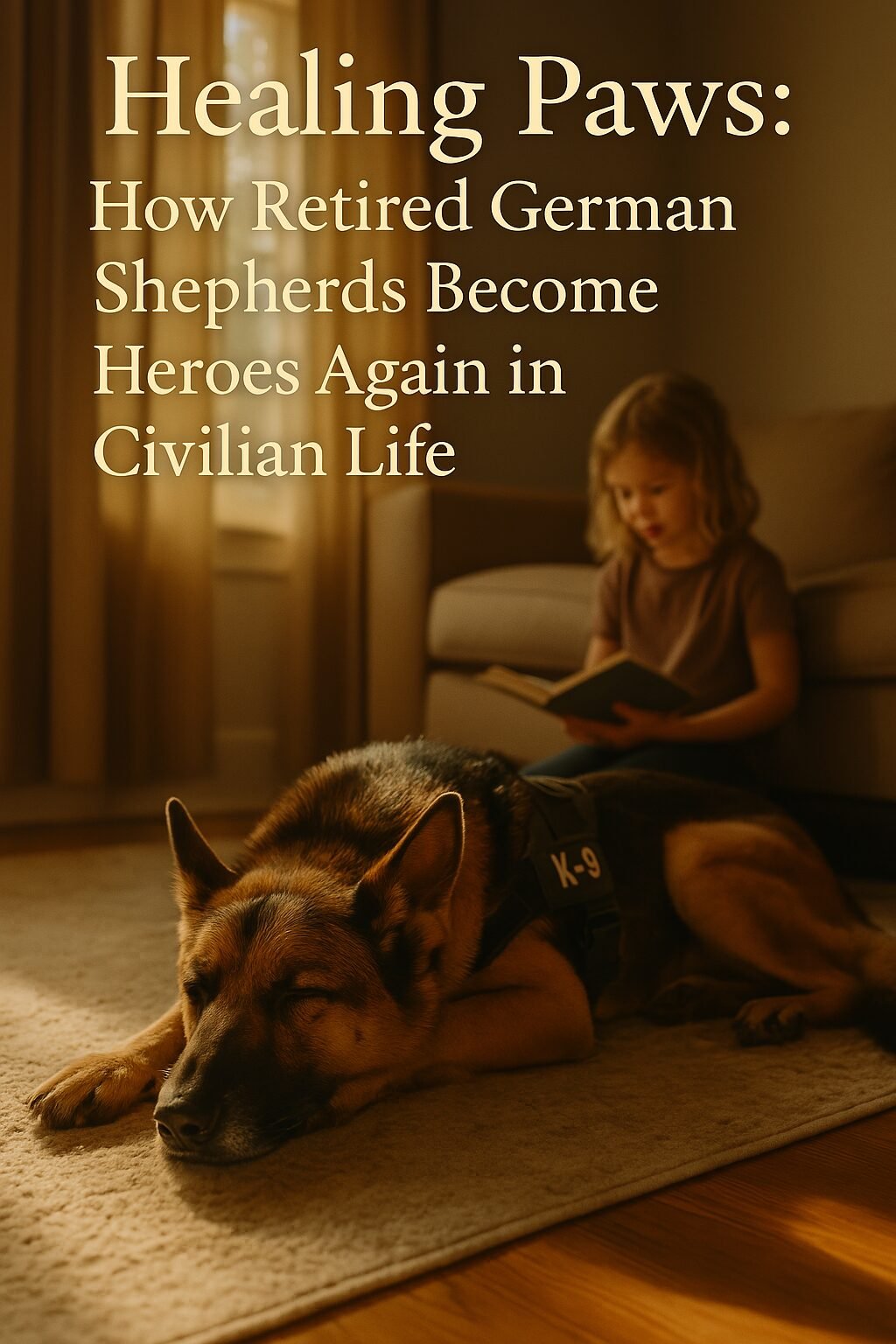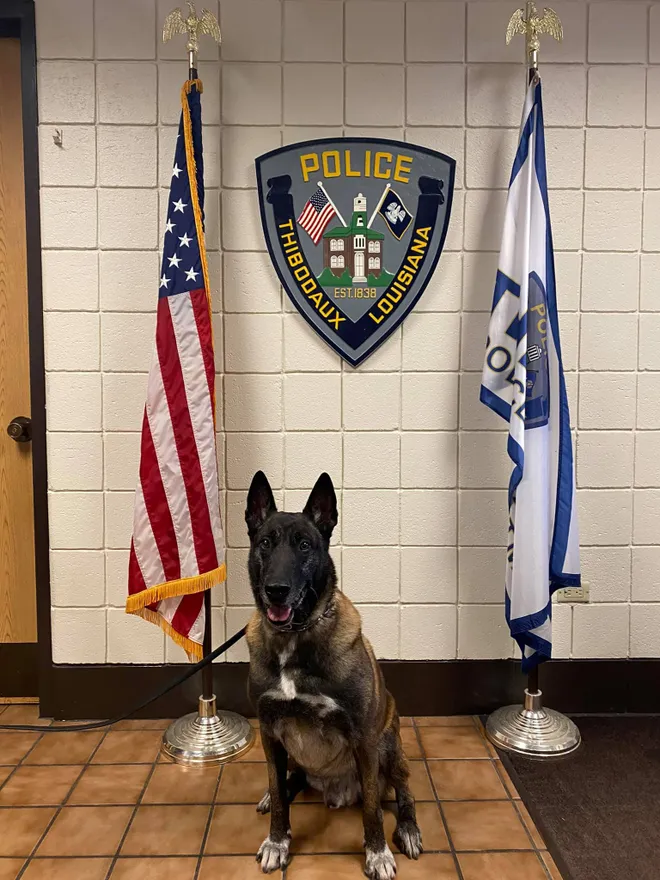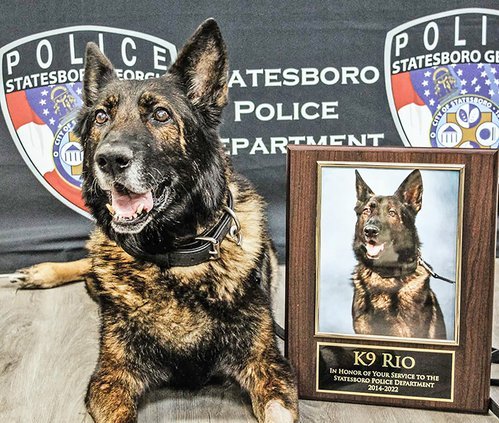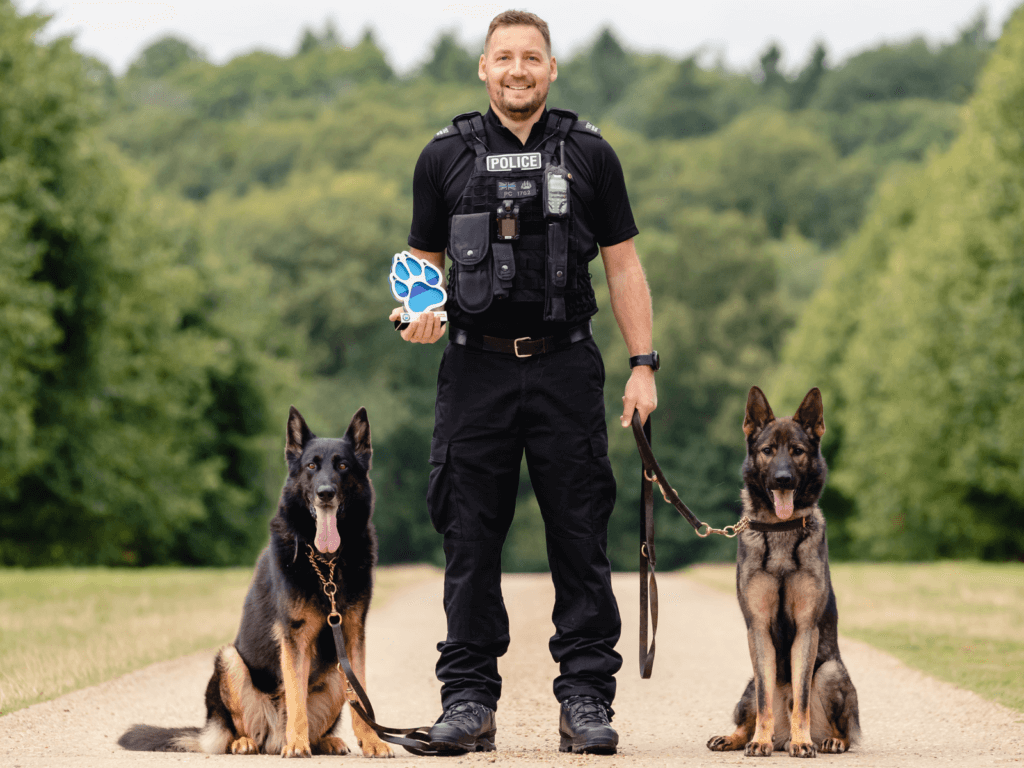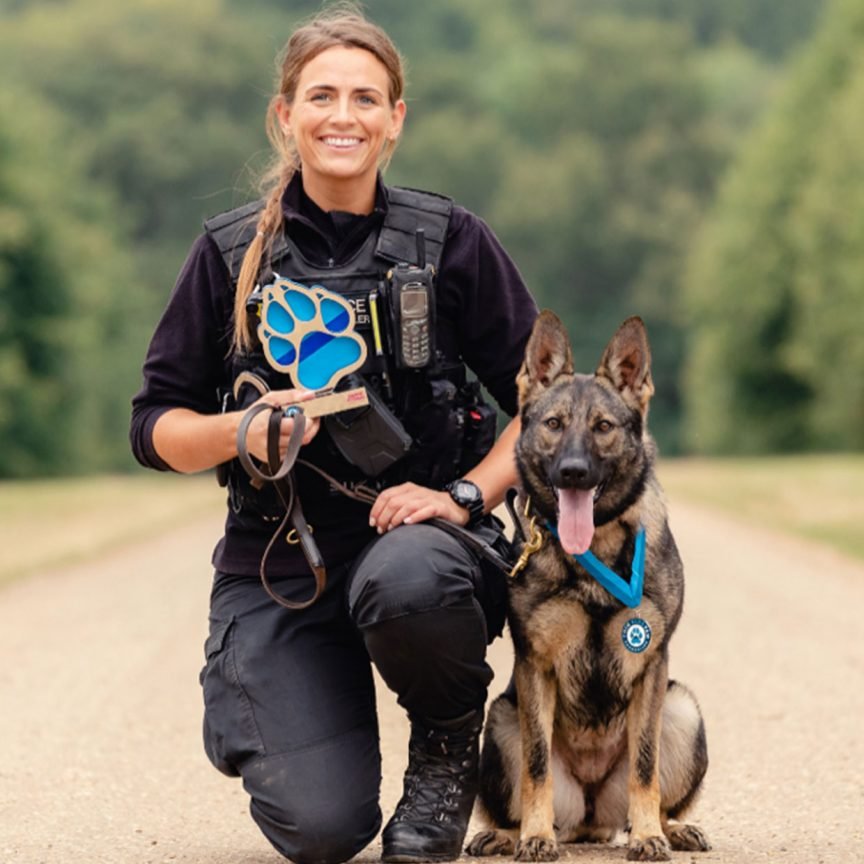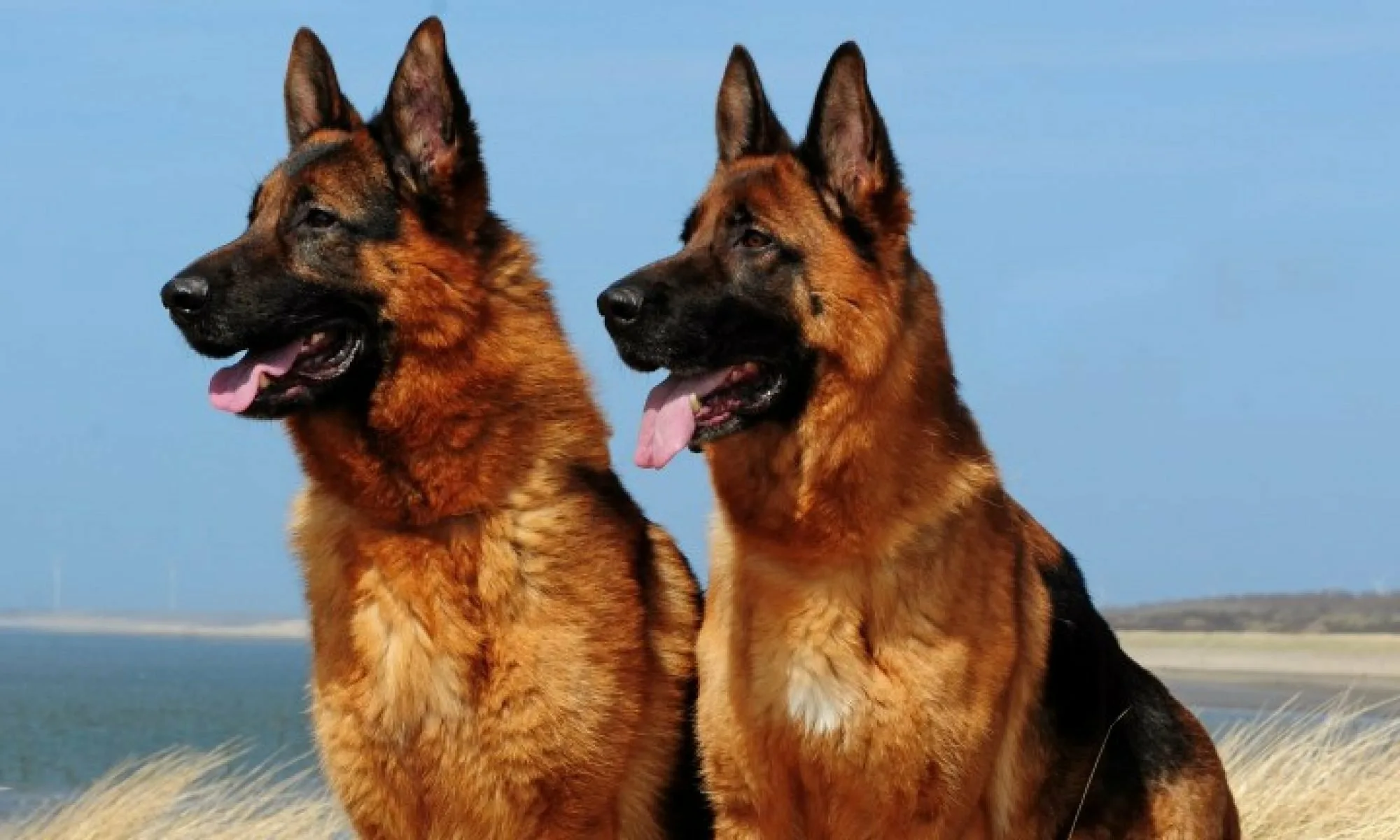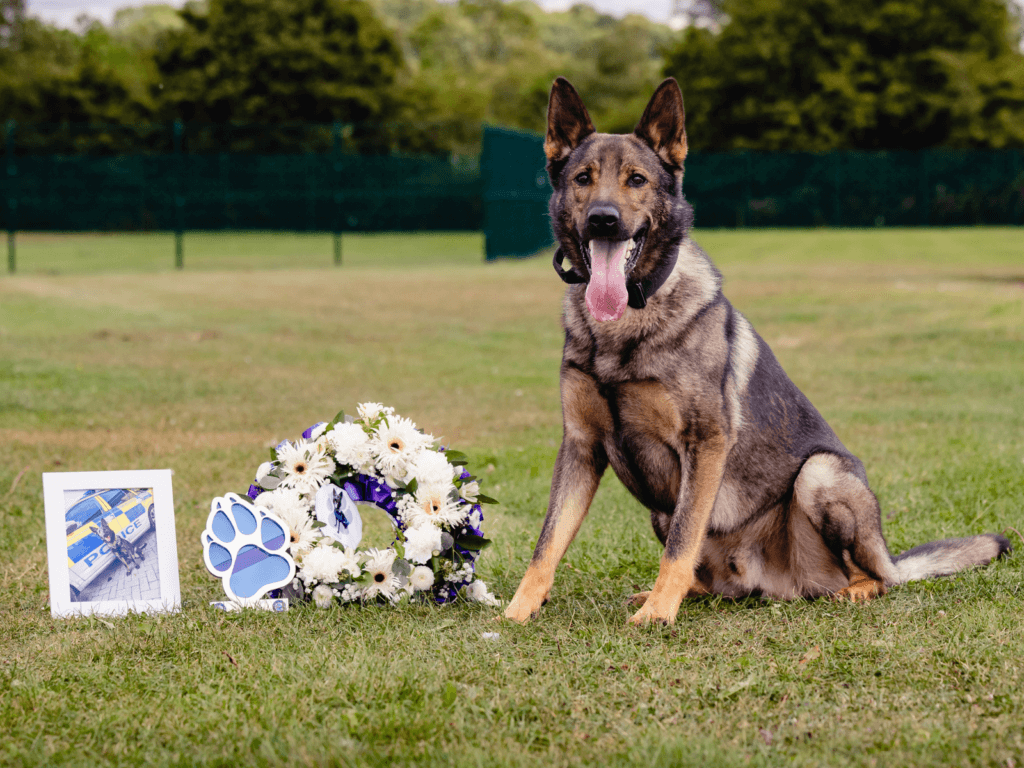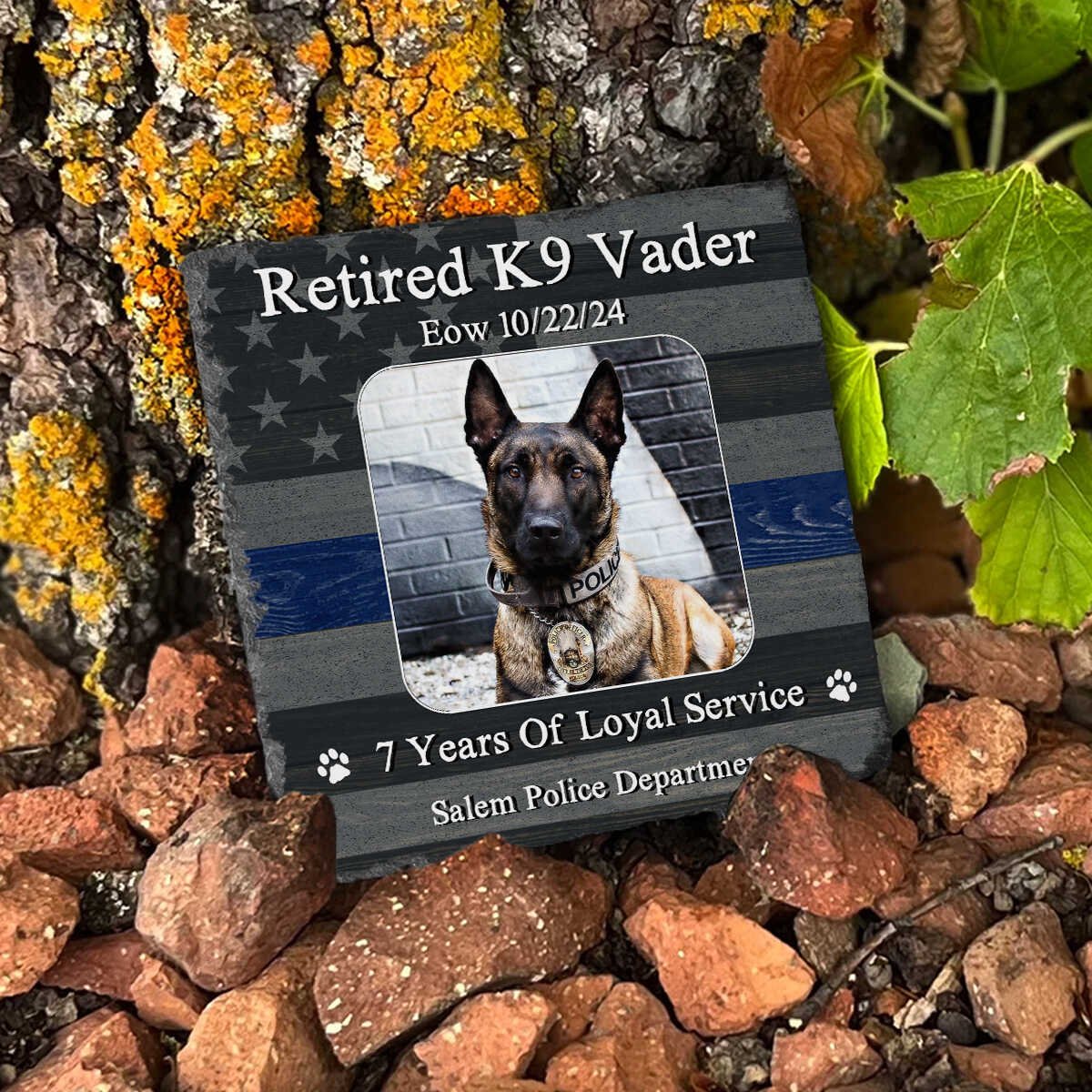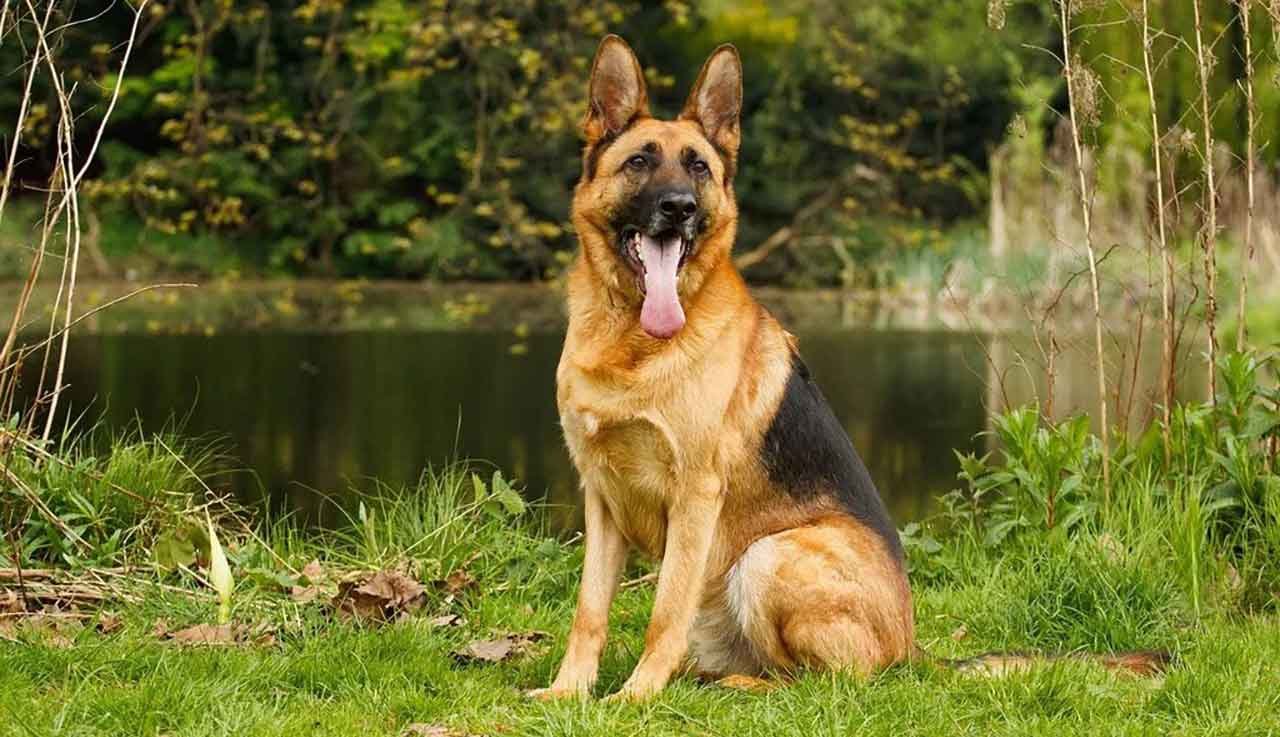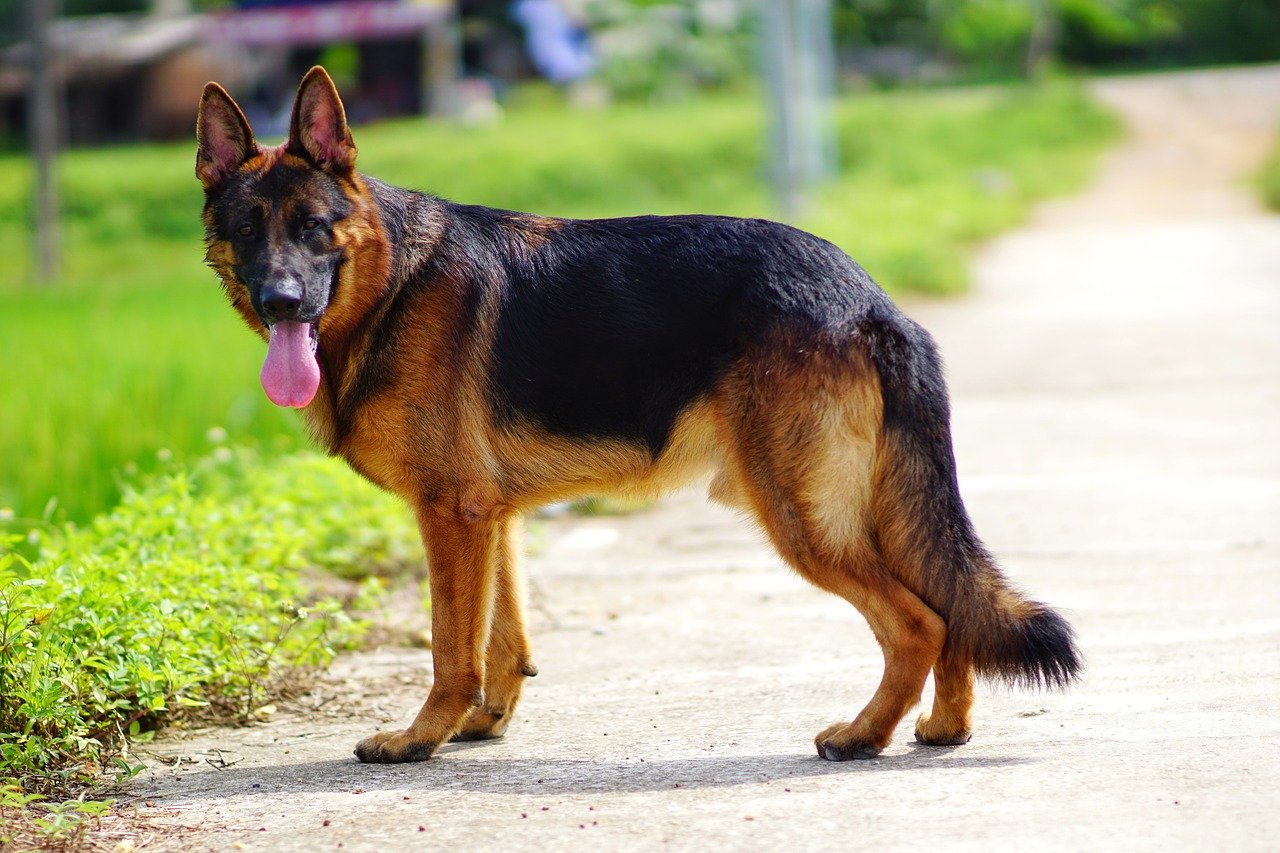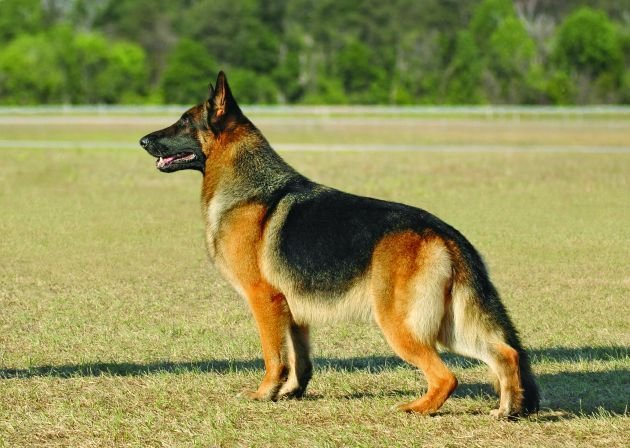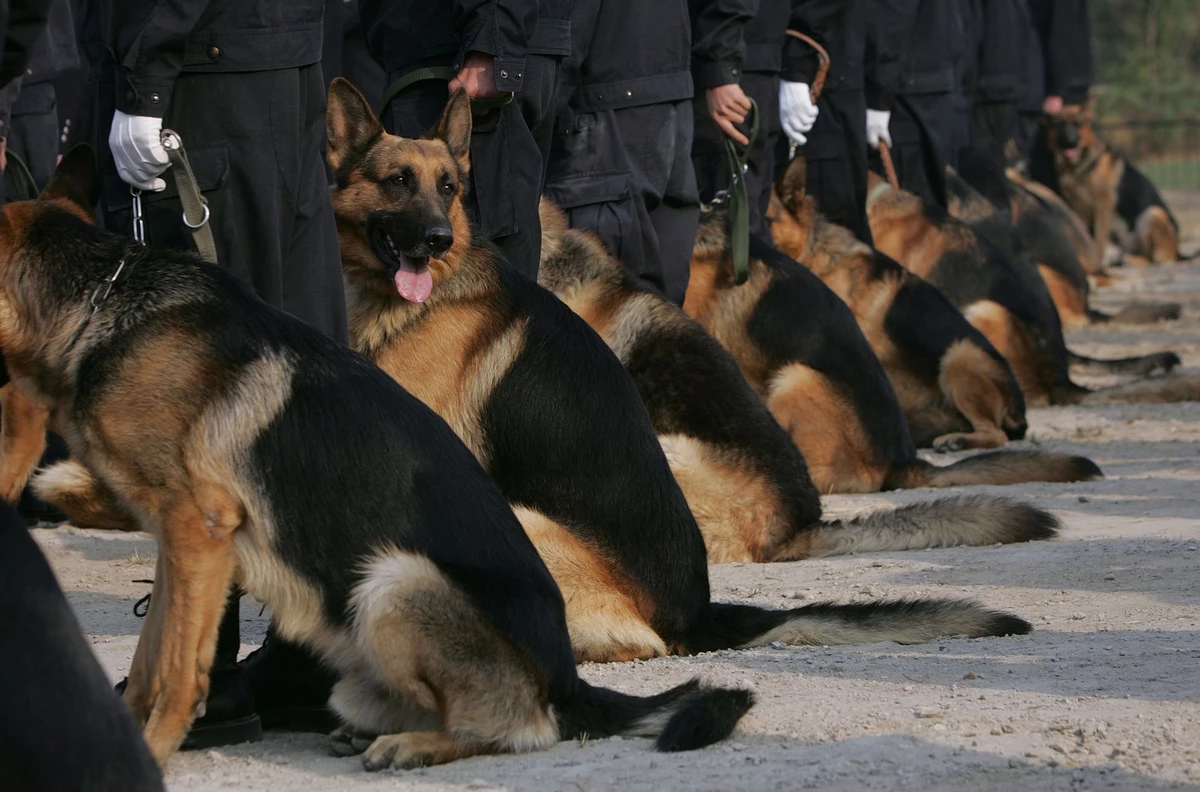Working Breeds
Training a German Shepherd for Real-Life Scenarios: Protection, Loyalty, and Daily Commands

Part 4 of the German Shepherd Series on DogsReader
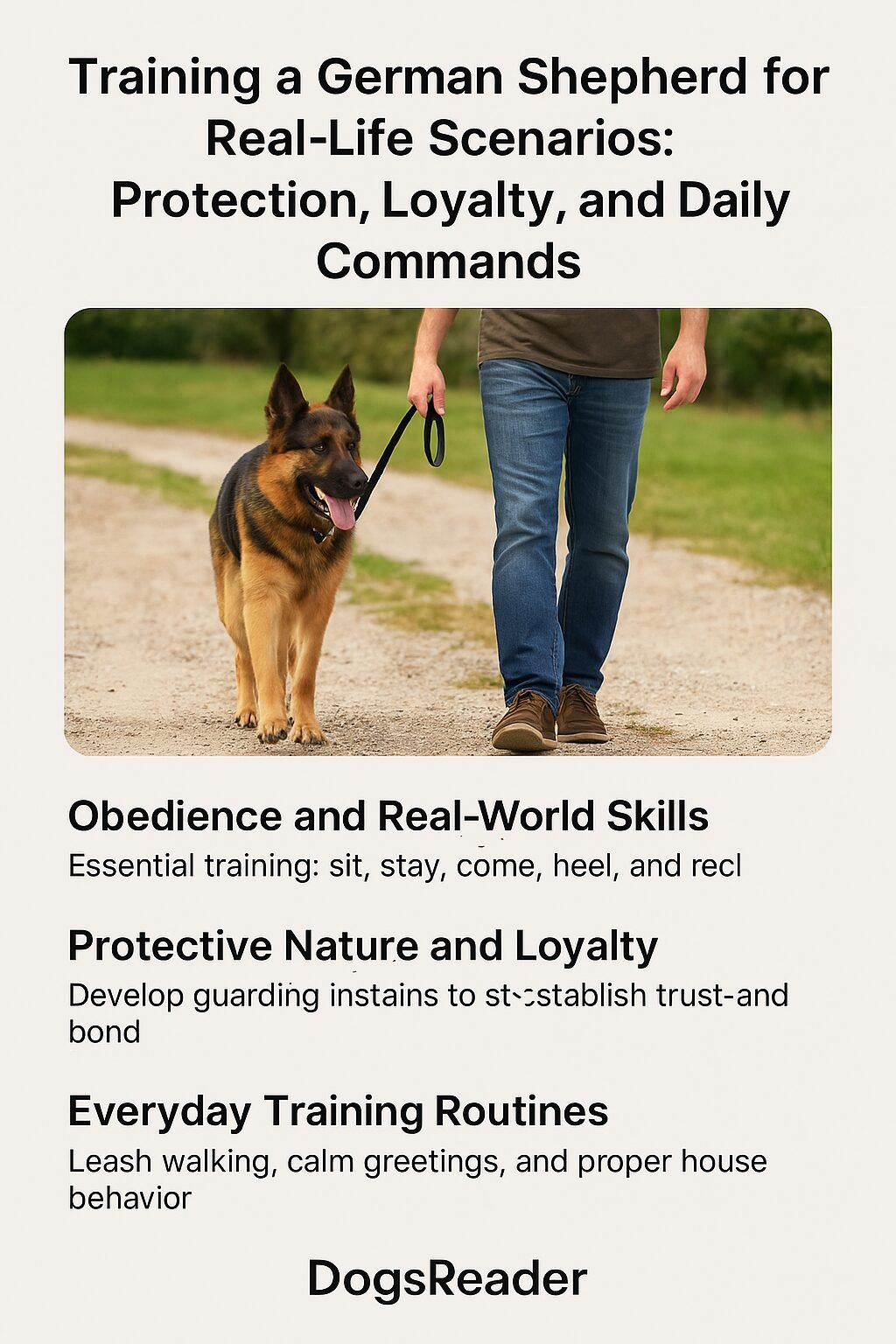
Training a German Shepherd for Real-Life Scenarios: The German Shepherd is one of the most trainable breeds in the world. But beyond basic obedience lies something even more powerful — the ability to perform in real-life situations. Whether it’s calmly walking through a busy street, responding quickly to danger, or simply knowing when to stay and when to act, a well-trained German Shepherd becomes not just a companion, but a reliable protector and everyday partner.
This 4 part of the German Shepherd Series on DogsReader dives into how to train your Shepherd for real-world scenarios, protective behaviors, and daily routines that build an unbreakable bond based on loyalty and mutual trust.
Obedience and Real-World Skills

While basic commands like sit, stay, and come are essential, it’s their application in unpredictable environments that truly defines a German Shepherd’s intelligence. Training for real-life means preparing your dog to respond under distraction, stress, and even unfamiliar surroundings.
✅ Real-World Scenarios to Train For:
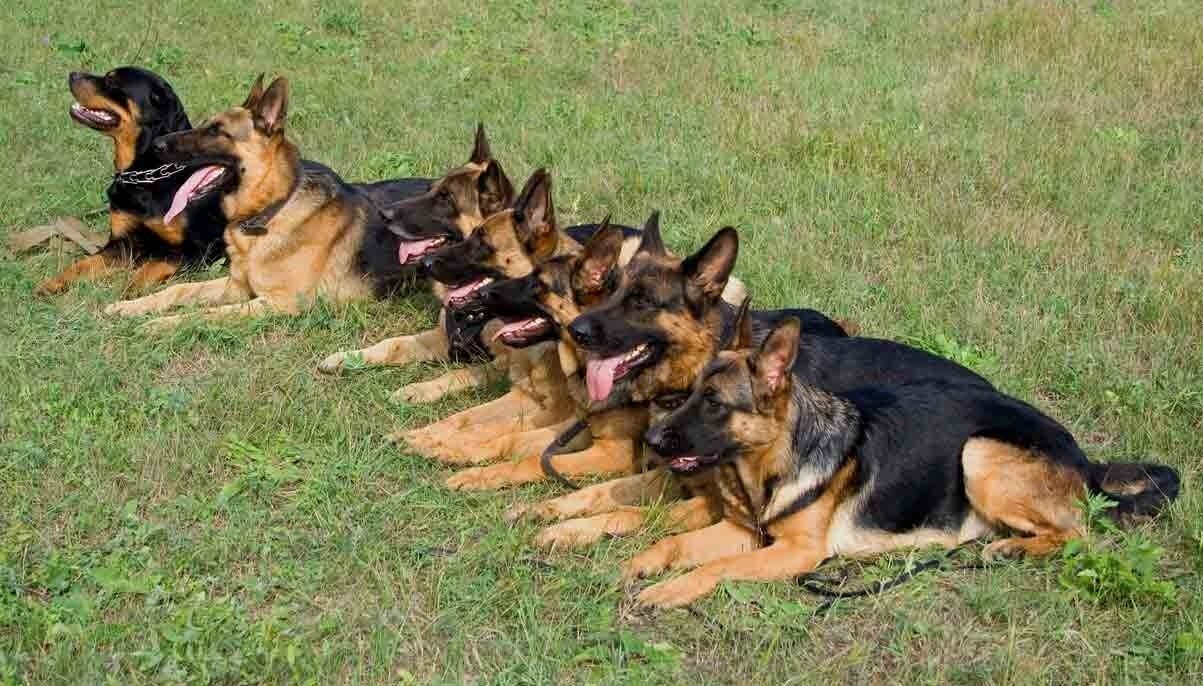
-
Busy Streets & Parks: Leash walking, impulse control, staying focused with kids, bikes, or other dogs nearby.
-
Home Visitors: Calm greeting, no jumping, and guarding without aggression.
-
Travel Situations: Crate familiarity, quiet behavior in cars, adjusting to new environments.
-
Emergency Recall: Practicing a solid “come” command from a distance in high-distraction areas.
Protective Nature and Loyalty Training
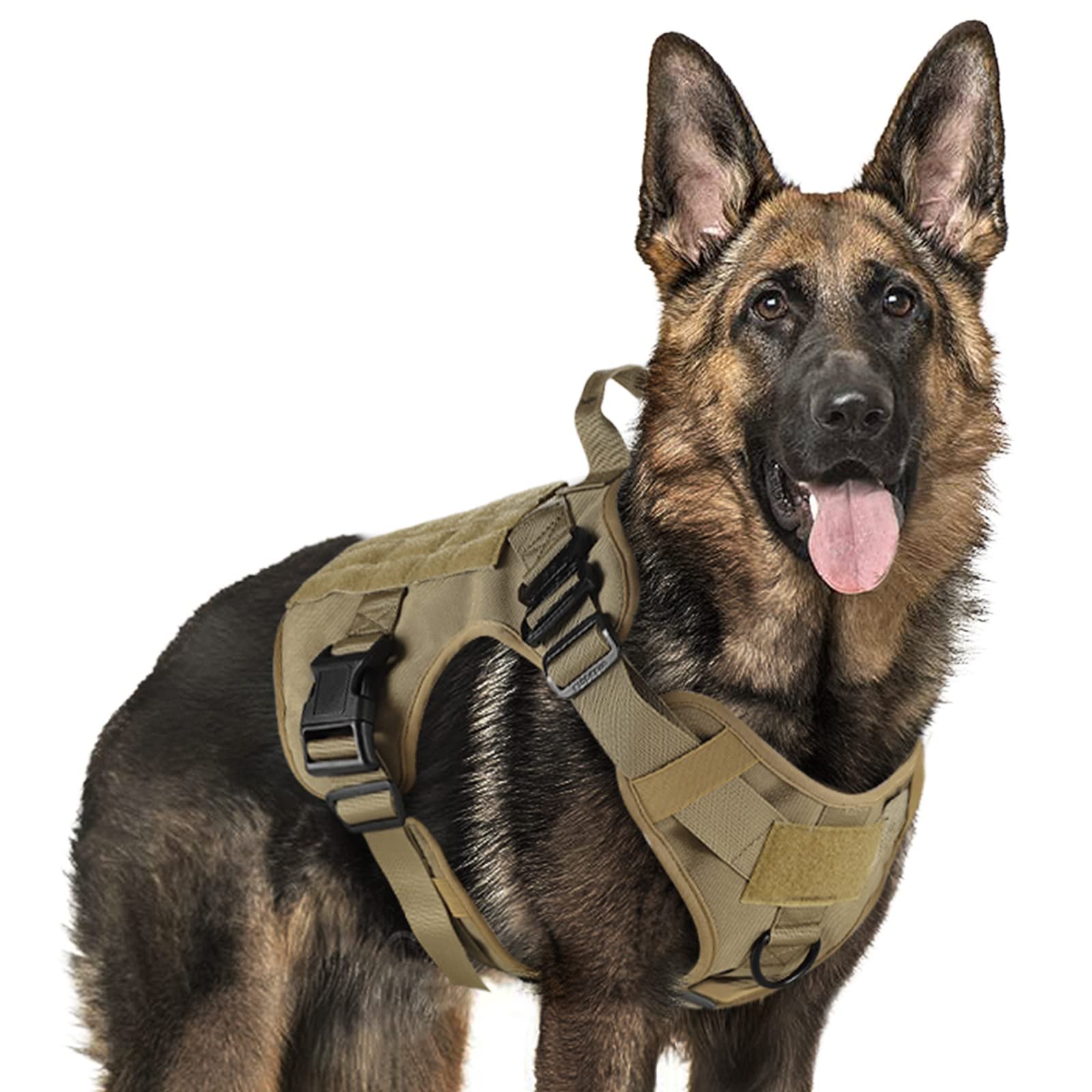
German Shepherds are naturally loyal and protective — but without structure, that can turn into anxiety or aggression. Protection training must always be ethical and guided by professionals when entering advanced areas.
🛡️ Tips for Shaping Positive Protective Behavior:
-
Controlled Barking: Teach the “speak” and “quiet” commands.
-
Boundaries at Home: Train your dog to understand the home perimeter without constant surveillance.
-
Stranger Discrimination: Encourage observation without aggression.
-
Handling Suspicious Sounds: Reinforce calm investigation and alerting without excessive barking.
Everyday Training Routines to Build Discipline
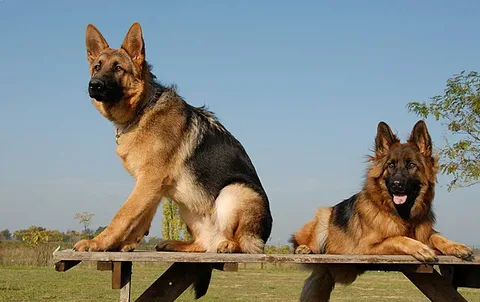
Consistency is everything. Your German Shepherd thrives on routines — they bring emotional balance and discipline. By integrating short, daily training routines, you reinforce leadership and deepen your relationship.
⏱️ Daily Routine Blueprint:

Morning (10 mins): Basic commands + leash walking
Afternoon (15 mins): Real-world drills (e.g., sit-stay at the gate, car loading)
Evening (5-10 mins): Fun fetch or scent game + end with “place” command for relaxation
Even 20–30 minutes a day can maintain focus, reduce behavior problems, and increase confidence in everyday situations.
Common Training Mistakes to Avoid
Even smart dogs like German Shepherds can struggle if training is inconsistent or emotionally confusing.
🚫 Avoid These Pitfalls:

-
Inconsistent commands from different family members
-
Skipping socialization during training
-
Using punishment instead of redirection
-
Rushing through levels (every skill builds on the last)
When to Seek a Professional Trainer
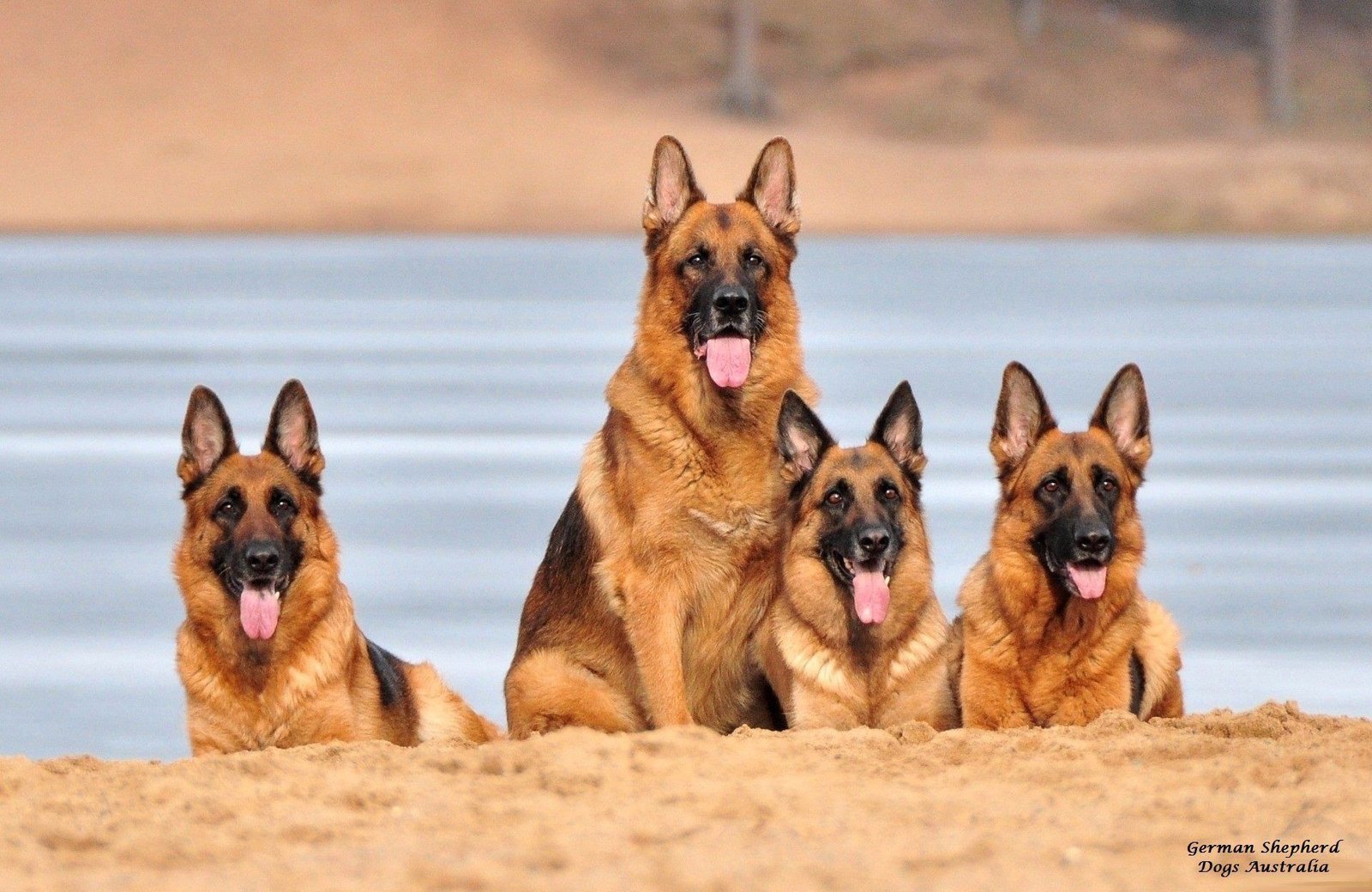
If your dog displays reactivity, over-protectiveness, or you’re aiming for advanced tasks (like protection, service work, or search & rescue), it’s smart to work with a certified dog behaviorist or trainer.
This ensures your German Shepherd reaches their full potential safely and effectively — especially when real-world pressure is involved.
Closing Statement The Loyal Guardian Within

Training your German Shepherd for real-life goes far beyond obedience. It’s about shaping a calm, loyal, and protective companion who thrives in your daily world. From city sidewalks to quiet living rooms, a trained Shepherd becomes a source of pride, protection, and partnership.
This article is Part 4 of the German Shepherd Series on DogsReader. Don’t miss out on the upcoming pieces in this series, where we’ll cover nutrition, advanced working roles, and health optimization.
—👉 Follow DogsReader for more expert dog advice.
📩 Reach out anytime via www.dogsreader.com
📱 We’re on Facebook and Instagram
🎥 Subscribe to us on YouTube for daily dog videos and training insights.
FAQs for “Training a German Shepherd for Real-Life Scenarios: Protection, Loyalty, and Daily Commands”
1. Why is training important for German Shepherds in real-life scenarios?
Training your German Shepherd for real-life scenarios ensures that your dog is well-prepared to handle various situations, whether it’s protecting your home, responding to daily commands, or demonstrating loyalty. Proper training fosters a deep connection with your dog and ensures they are responsive and reliable in real-world environments.
2. What are the core aspects of real-life training for German Shepherds?
The core aspects include:
-
Protection Training: Teaching your dog how to protect you and your property.
-
Loyalty Building: Fostering a bond of trust and loyalty through consistent training and positive reinforcement.
-
Daily Commands: Teaching basic commands like sit, stay, come, heel, and more, which are essential for good behavior in everyday situations.
3. How long does it take to train a German Shepherd for protection?
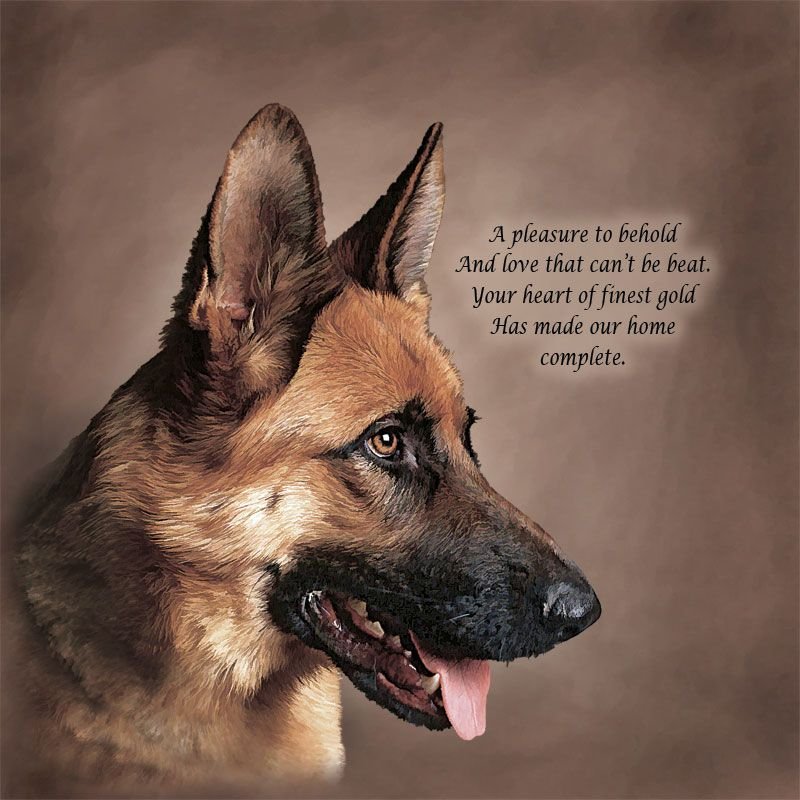
Protection training varies depending on the dog’s age, temperament, and experience level. Generally, German Shepherds can start basic protection training as early as 6 months, but advanced protection skills may take 1 to 2 years of consistent practice to fully develop.
4. Can I train my German Shepherd for protection on my own?
While basic obedience training can often be done at home, protection training should ideally be conducted under the guidance of a professional trainer. Protection work can be intense and requires specialized techniques to ensure both the dog’s safety and the owner’s security.
5. What are some key daily commands to teach a German Shepherd?
Key daily commands for German Shepherds include:
-
Sit
-
Stay
-
Come
-
Heel
-
Down
-
Leave it
-
Watch me Training these commands ensures your dog behaves well at home and in public spaces, making them easier to manage.
6. How can I build loyalty in my German Shepherd?

Loyalty in a German Shepherd is built through trust and consistent positive reinforcement. Spend quality time with your dog, reward good behavior, and establish clear boundaries. Training sessions should be engaging and rewarding to strengthen the bond and keep the dog motivated.
7. Are there any specific tips for training a German Shepherd for real-life scenarios?
Yes, here are a few tips:
-
Start Early: Begin obedience and socialization training as early as possible, ideally during puppyhood.
-
Be Consistent: German Shepherds respond best to a structured, consistent training routine.
-
Use Positive Reinforcement: Reward your dog with treats, praise, and toys to reinforce good behavior.
-
Socialize Regularly: Expose your German Shepherd to various environments, people, and situations to build confidence and adaptability.
-
Gradual Exposure: For protection training, expose your dog to simulated scenarios slowly to ensure they understand the context and can distinguish between real threats and normal situations.
8. How do I maintain my German Shepherd’s training over time?
Continuous training and reinforcement are key. Even after your German Shepherd has mastered protection or daily commands, regular practice is necessary to maintain their skills. Engage in frequent short training sessions, incorporate commands into everyday life, and keep training fun and varied to ensure they stay sharp.
9. Can a German Shepherd be trained for both protection and as a family pet?
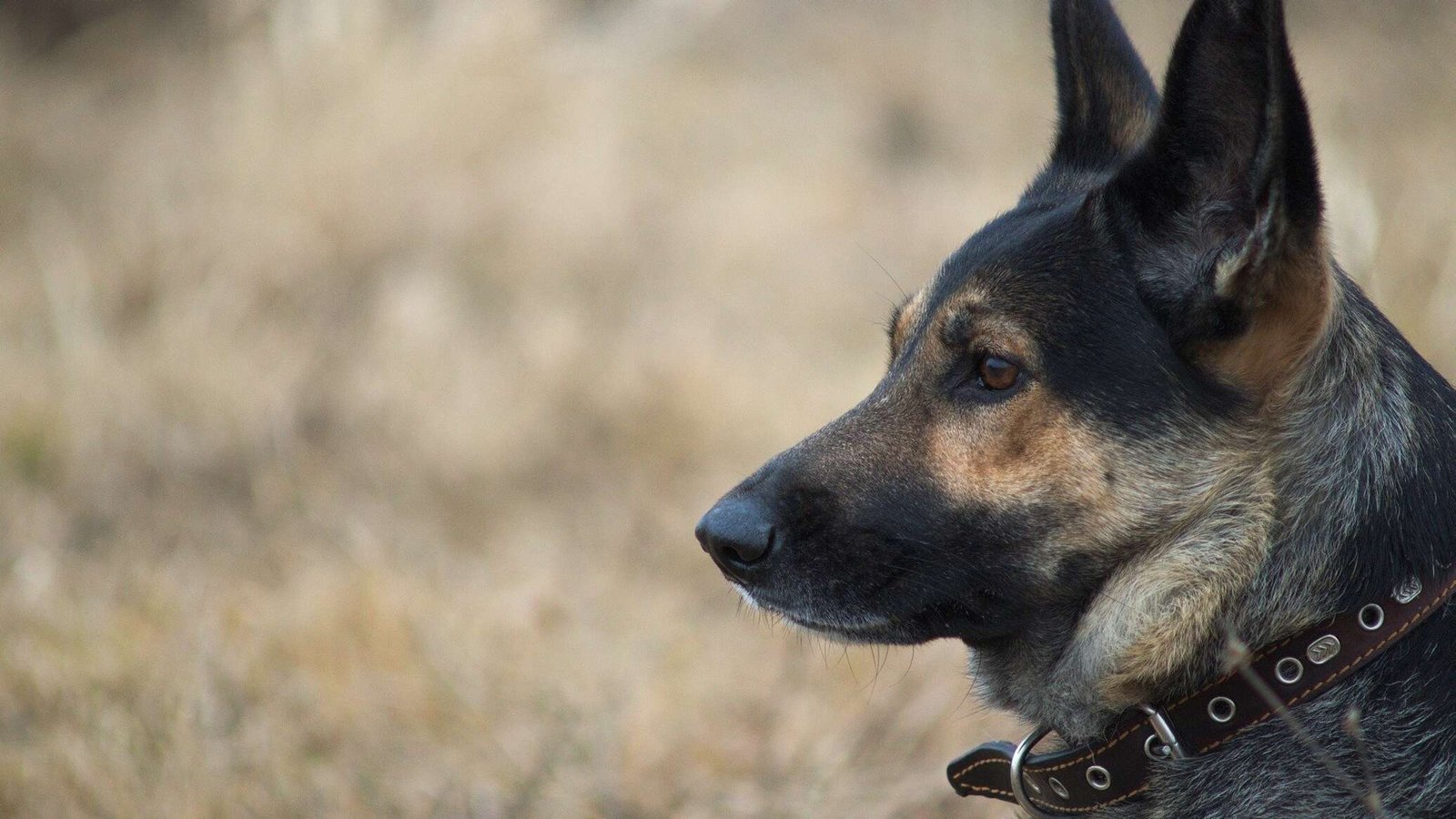
Yes, German Shepherds are versatile dogs and can excel as both protection dogs and family pets. With proper training, they can be protective when needed but also gentle, loyal, and loving with family members. Consistency in training is essential to balance both roles effectively.
10. What should I do if my German Shepherd is not responding to training?
If your German Shepherd is not responding to training, consider:
-
Reevaluating Your Approach: Perhaps your training method isn’t engaging enough for your dog. Try different techniques or consult a professional trainer.
-
Ensuring Consistency: Dogs thrive on routine. Ensure you’re being consistent with commands and rewards.
-
Addressing Distractions: Reduce distractions during training to help your dog focus better.
-
Checking Health: If your dog is unusually resistant to training, a vet check might be necessary to rule out health issues.
11. How do I know when my German Shepherd is ready for advanced protection training?
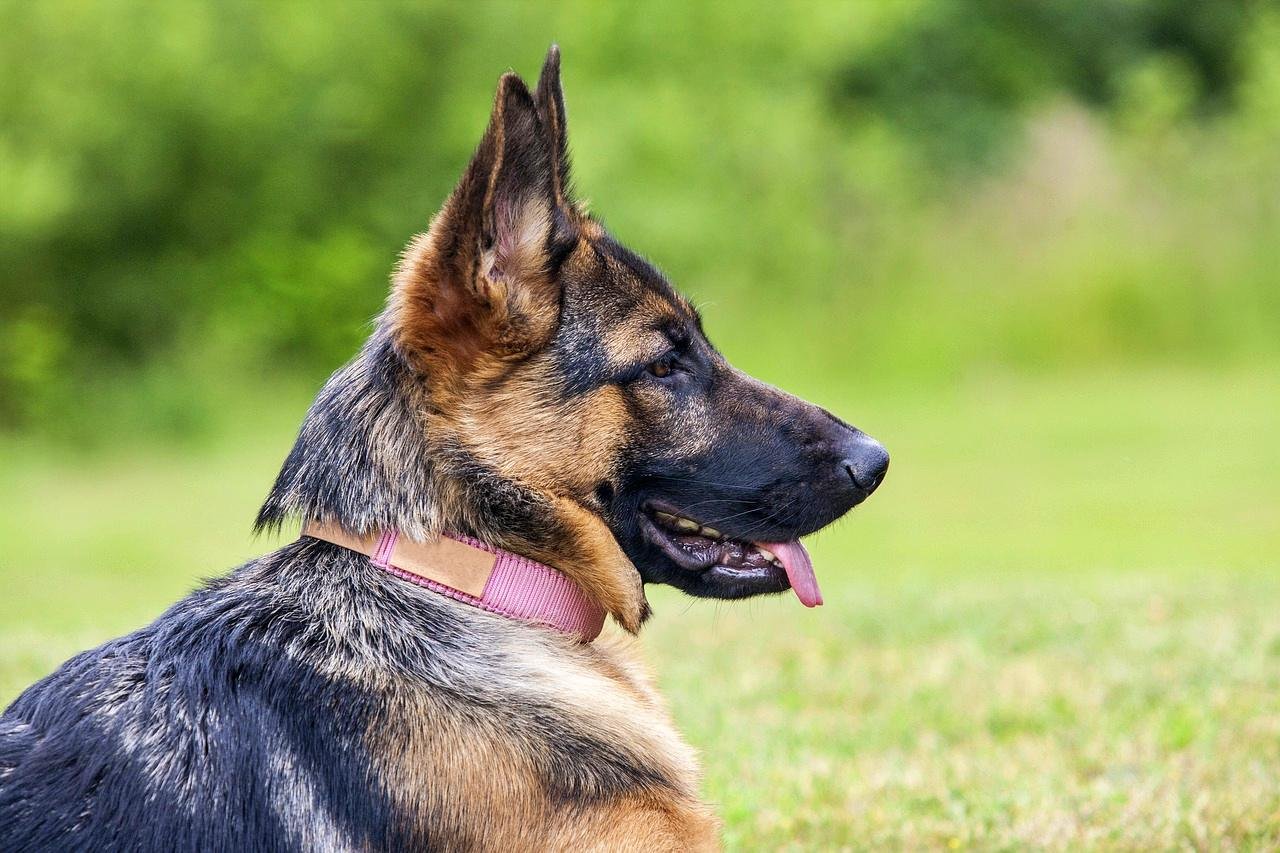
Your German Shepherd should be well-socialized, responsive to basic commands, and show a strong drive to protect. They should also be in good physical condition. When your dog demonstrates control and composure in basic obedience and is confident in different environments, they may be ready for more advanced protection training.
12. Can German Shepherds be trained to work in various real-life scenarios?
Yes, German Shepherds are highly trainable and often work in various roles such as search and rescue, police work, and therapy dogs. Their intelligence and versatility make them ideal candidates for real-life training, from personal protection to working as service dogs.
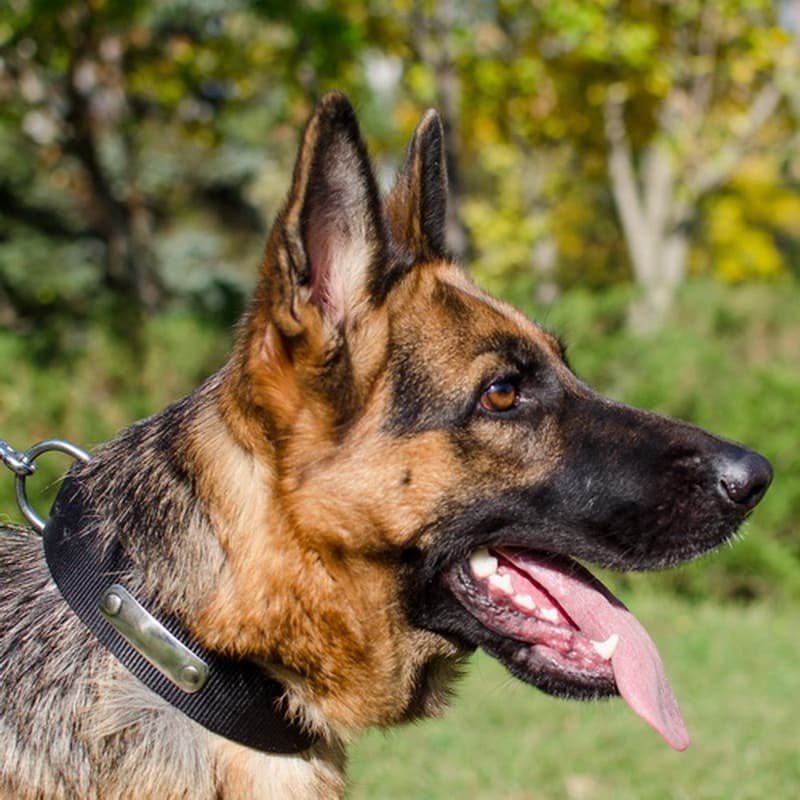



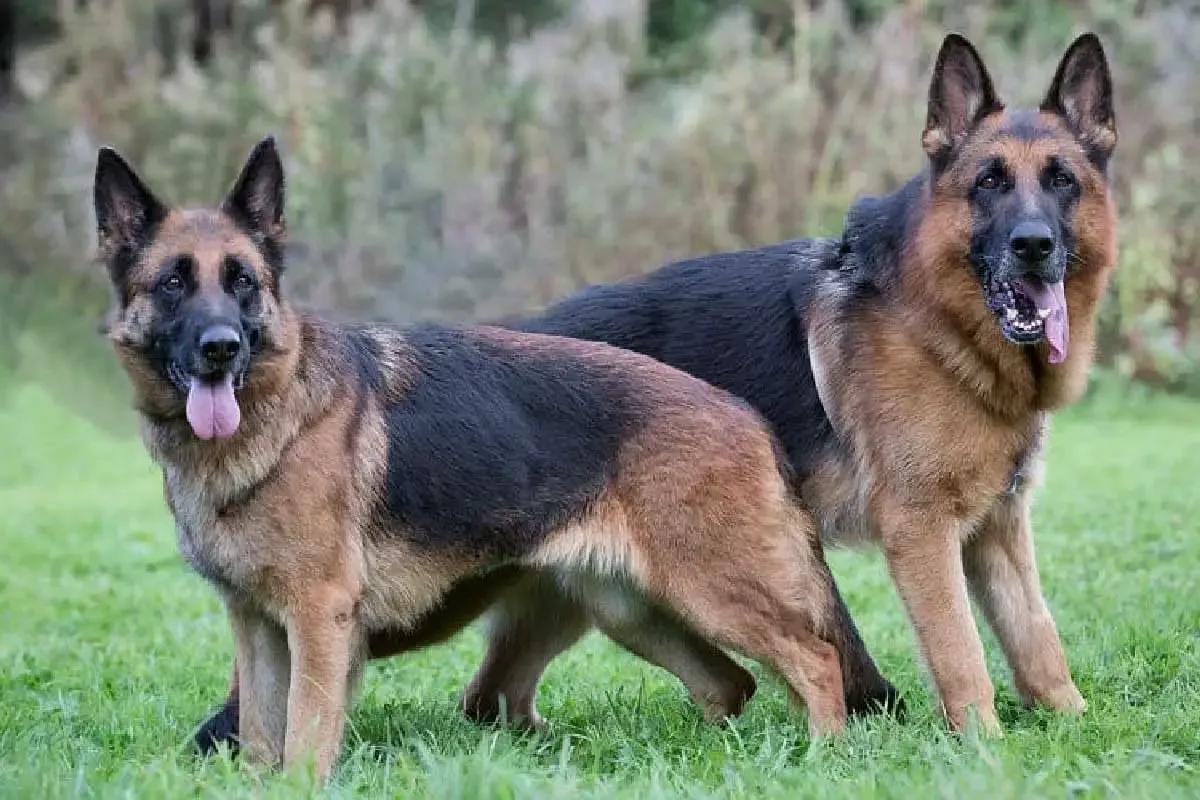
Working Breeds
German Shepherd Intelligence: Uncovered Mind, Memory, and Mental Mastery

📍 Part 14 of the German Shepherd Series on DogsReader
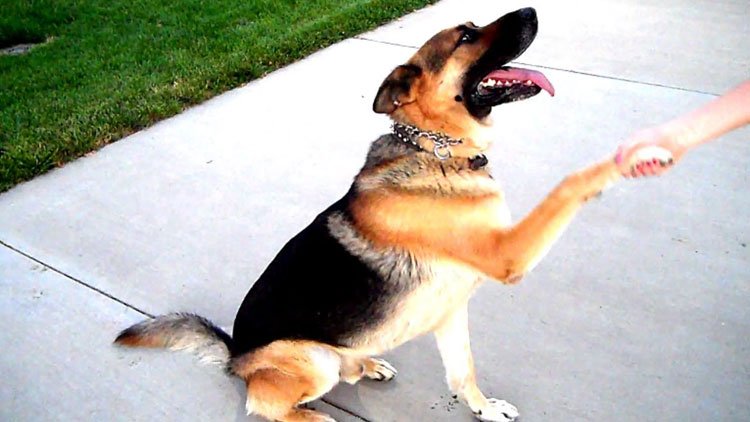
Introduction: Why German Shepherds Are Considered Canine Geniuses
German Shepherd Intelligence : German Shepherds aren’t just working dogs — they’re intellectual powerhouses. From police forces to therapy roles, their brainpower is what sets them apart. In this 15th installment of the DogsReader German Shepherd Series, we uncover the layers of intelligence that make the breed one of the most trainable and dependable dogs in the world.
Mental Capacity: Ranking the German Shepherd’s Intelligence
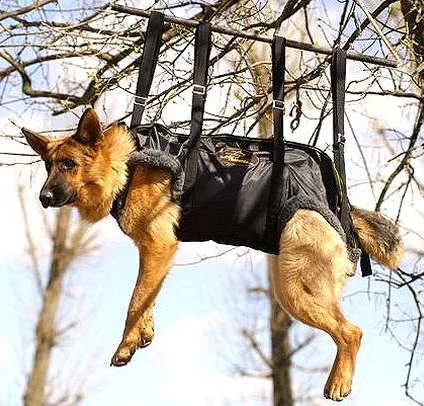
According to renowned canine psychologist Stanley Coren, German Shepherds rank 3rd among the most intelligent dog breeds, right after the Border Collie and Poodle. But their intelligence is not just about performing tricks — it includes:
-
Working Intelligence: Quick command response time
-
Adaptive Intelligence: Problem-solving based on real-life experiences
-
Instinctive Intelligence: Natural ability to guard, herd, and protect
Short-Term Memory vs. Long-Term Memory in GSDs
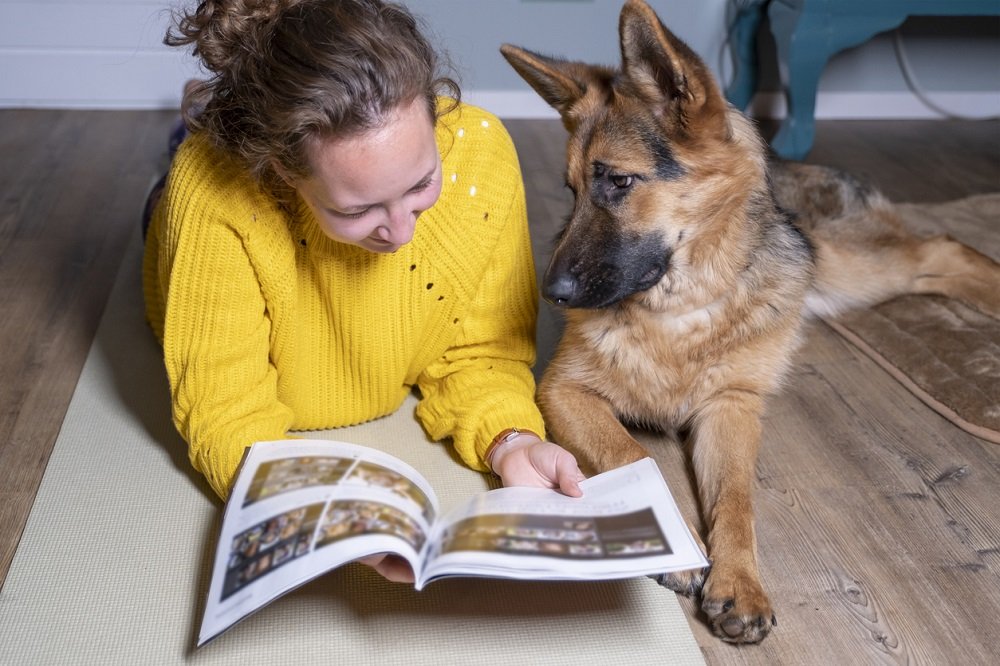
German Shepherds are capable of retaining both short-term and long-term memories.
-
Short-Term Memory: Allows them to react and learn commands within seconds
-
Long-Term Memory: Enables them to remember people, places, and training even after months or years
➡️ This is why military and police units invest in them – their memory retention is unmatched.
Mind Mapping & Cognitive Training

GSDs have the ability to mentally “map” their environment. With consistent training, they learn:
-
Names of toys and family members
-
Task sequences in protection or obedience routines
🧠 Mental stimulation is just as important as physical exercise. Neglecting either can lead to behavioral issues.
Examples of Mental Mastery in Real Life

Here are true-to-life demonstrations of the breed’s cognitive excellence:
-
A retired K9 officer named Max once tracked a missing child 2 miles away using only a blanket as a scent source.
-
Luna, a therapy German Shepherd, learned to recognize anxiety attacks in her owner before visible symptoms occurred.
-
In competitive obedience, German Shepherds consistently outperform other breeds in multi-step routines.
Best Brain Games to Unlock Full Potential

-
Find the Treat: Enhances scent memory and reward-driven focus
-
Puzzle Toys: Keeps their problem-solving skills sharp
-
Name That Toy: Teach them toy names for vocabulary expansion
-
Hide and Seek: Stimulates hunting instincts and recall memory
-
Command Chains: Train your dog to follow multi-step commands
💡 DogsReader Tip: Change up the difficulty level every week to avoid cognitive stagnation.
How to Identify Cognitive Decline Early
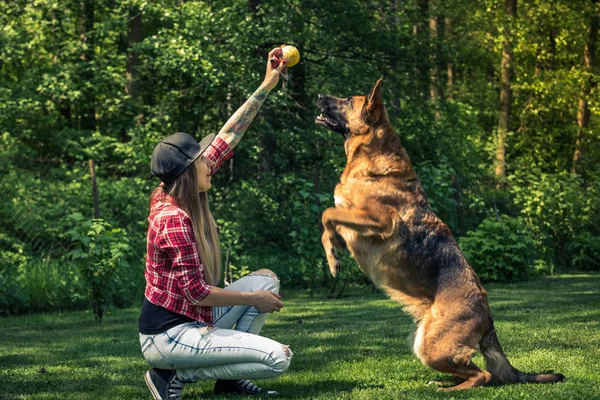
Even the smartest dogs age. Watch for signs such as:
-
Hesitation in routine tasks
-
Forgetting commands
-
Disorientation in familiar environments
-
Increased anxiety or restlessness
📌 Early diagnosis leads to better mental wellness treatment — explore our upcoming article on “Senior Care for German Shepherds.”
Closing Statement : The Mental Marvel That Is the German Shepherd

Their intelligence is not just in obedience — it’s in their emotional depth, decision-making ability, and working dedication. From pup to elite performer, a German Shepherd’s brain deserves to be nurtured just as much as their body.
📢 This is Part 14 of the German Shepherd Series on DogsReader
Discover all parts of the series and exclusive dog care knowledge on our website.
🐶 Visit: www.dogsreader.com
📩 Ask our 24/7 Dog Chatbot anything – trained with official AKC knowledge!
📧 Contact: dogsreaders@gmail.com
📱 Follow us on Facebook & Instagram [Subscribe to us on YouTube | Facebook | Instagram | www.dogsreader.com]
▶️ Subscribe to us on YouTube!
FAQs
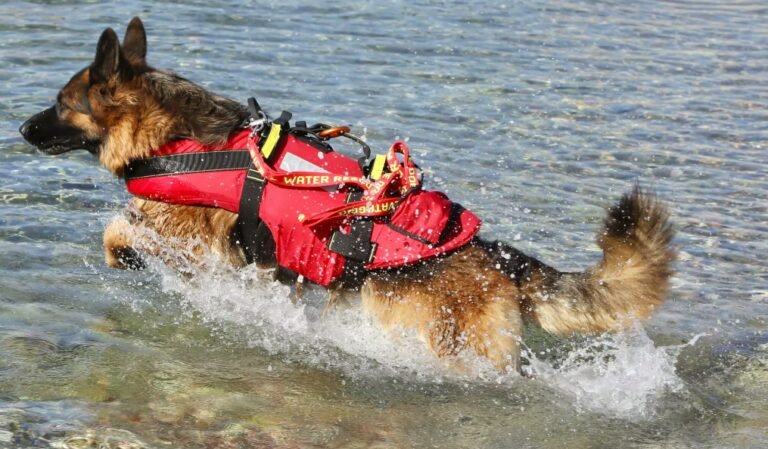
“German Shepherd Intelligence Uncovered: Mind, Memory, and Mental Mastery”
1. Are German Shepherds really smarter than other dog breeds?
Yes, German Shepherds are ranked as the third most intelligent dog breed in the world. Their quick learning, emotional intelligence, and memory retention make them top performers in obedience, protection, and service roles.
2. How intelligent is a German Shepherd compared to a human?
A well-trained adult German Shepherd has cognitive skills comparable to a 2.5 to 3-year-old human child. They understand hundreds of words, can follow multi-step commands, and even interpret emotions.
3. Can German Shepherds remember their owners after years?
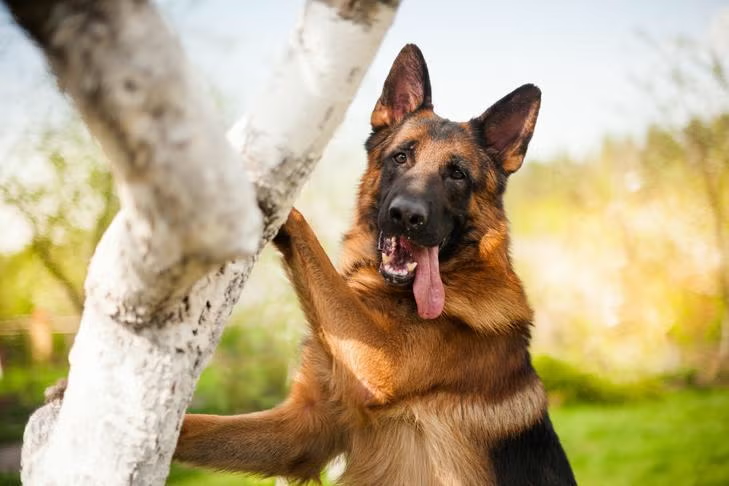
Absolutely. Thanks to their strong long-term memory, German Shepherds can remember their owners, voices, and environments even after being separated for several years.
4. What kind of mental games do German Shepherds like?
German Shepherds enjoy puzzle toys, scent games, name-learning challenges, and hide-and-seek. These games stimulate their brain, reduce anxiety, and prevent boredom-related behaviors.
5. Do German Shepherds have better memory than other breeds?
Yes. Their working memory and adaptive intelligence are superior to many other breeds, which is why they excel in military, police, and therapy roles.
6. How can I test my German Shepherd’s intelligence at home?
Simple games like “which hand has the treat,” toy name recognition, or obstacle challenges can help test your German Shepherd’s problem-solving ability and memory recall at home.
7. How much mental stimulation does a German Shepherd need daily?

A German Shepherd needs at least 30–45 minutes of mental enrichment daily in addition to physical exercise. Without it, they can become restless, destructive, or depressed.
8. Can German Shepherds suffer from memory loss or dementia?
Yes, senior German Shepherds can develop Canine Cognitive Dysfunction (CCD), similar to dementia in humans. Early signs include confusion, changes in sleep, and forgetting commands.
9. What is the best age to start brain training for a German Shepherd puppy?
You can begin simple mental games and memory exercises as early as 8 weeks old. Start with basic commands and short tasks, then gradually increase difficulty.
10. How do police German Shepherds train their memory so well?
They undergo repetition-based and scenario-driven training that conditions them to remember commands, scents, routines, and locations even under stress or distraction.
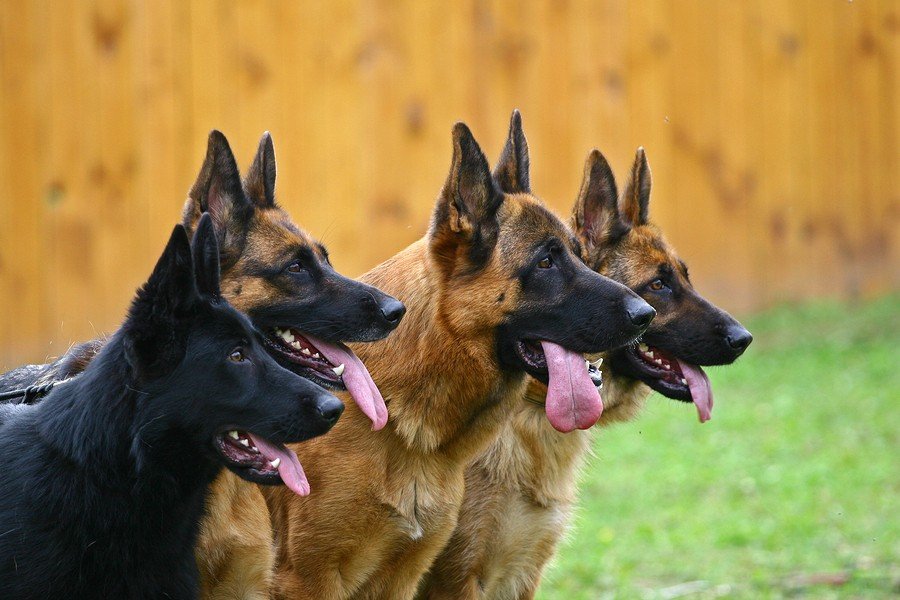
Working Breeds
Healing Paws: How Retired German Shepherds Become Heroes Again in Civilian Life
Working Breeds
Training for Transition: Preparing Working Dogs for Life After Service
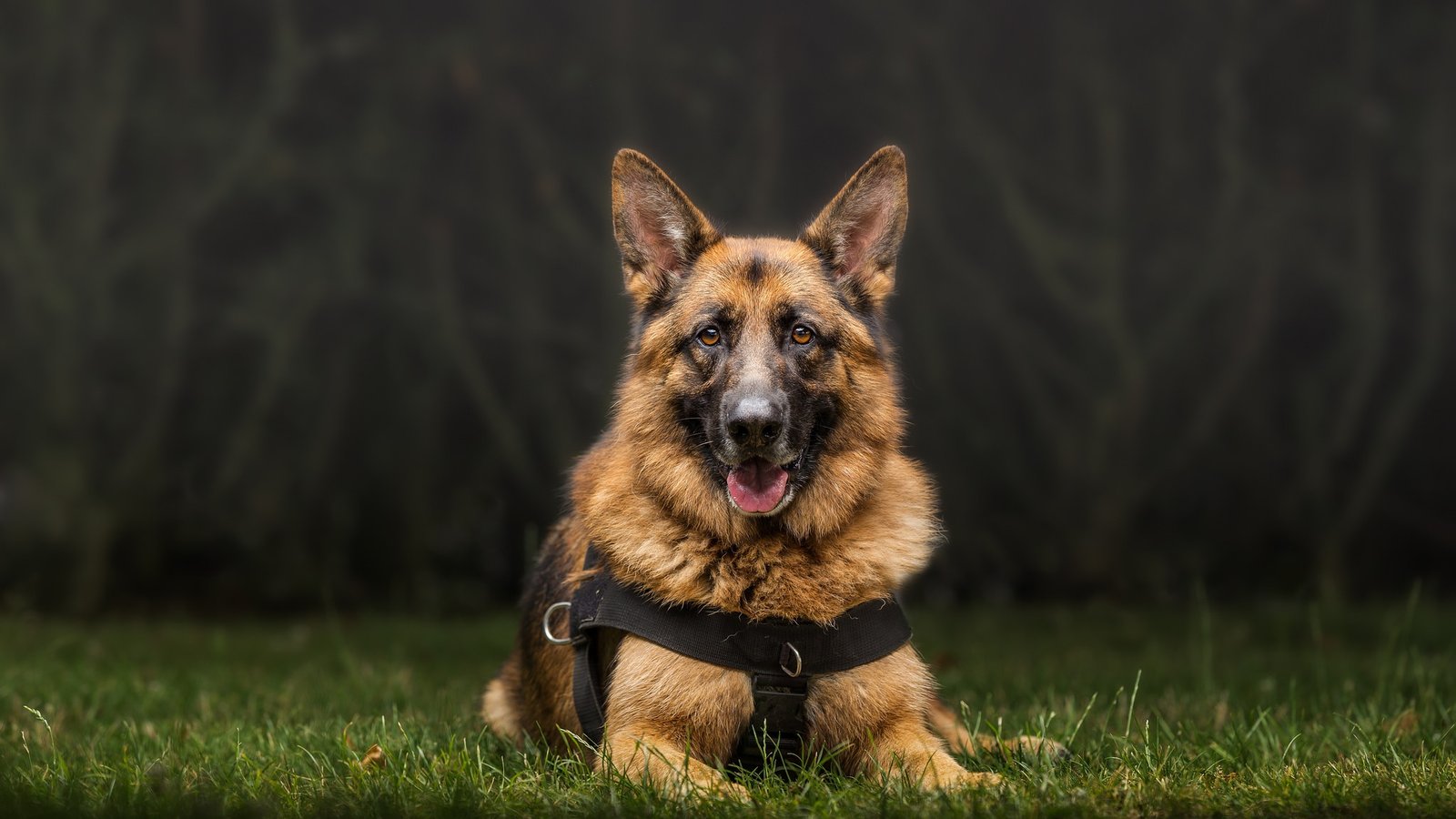
Part 12 of the German Shepherd Series on DogsReader

Training for Transition: Retired police and military German Shepherds are celebrated for their bravery, discipline, and unwavering loyalty. But when their service ends, these dogs face a new challenge: adapting to civilian life. While many transition smoothly into loving homes, others need specialized training and rehabilitation to shed the rigors of duty and embrace the comforts of family life.
This article explores what it takes to prepare a working K9 for retirement—from decompression techniques to socialization strategies—and how adopters, handlers, and organizations collaborate to give these heroes the peaceful retirement they deserve.
Subscribe to us on YouTube | Facebook | Instagram | www.dogsreader.com
The Challenges of Transition
Working dogs spend years in high-stakes environments, where their instincts are honed for detection, patrol, and apprehension. Retirement means:
- Adjusting to unstructured time – No more scheduled drills or commands.
- Reducing hyper-vigilance – Learning to relax instead of staying constantly alert.
- Socializing with civilians & pets – Many have never lived in a home or interacted with children or other animals.
Without proper preparation, some dogs struggle with anxiety, confusion, or even depression.
How Retired K9s Are Prepared for Civilian Life
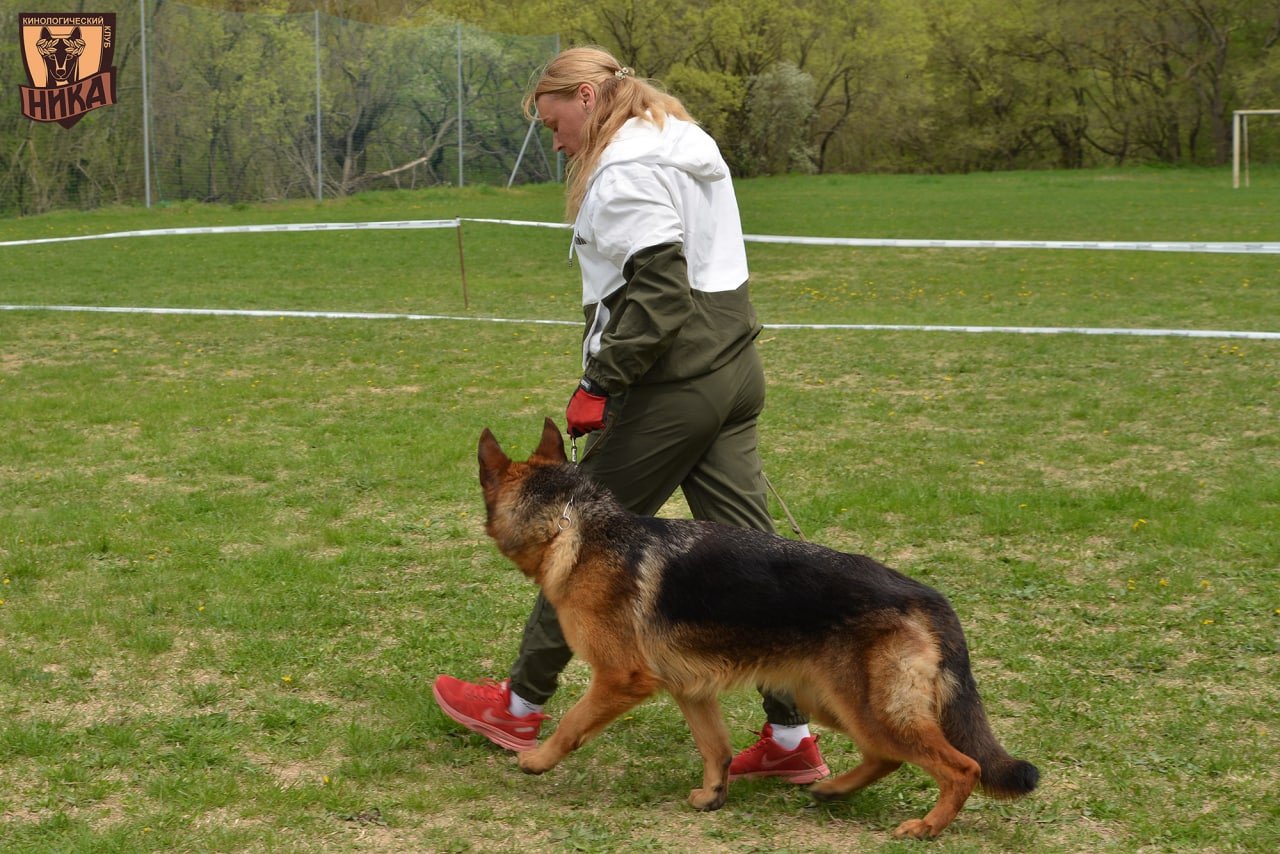
1. Decompression & Detraining
Before adoption, many retired working dogs undergo a “decompression period” where they gradually step down from high-intensity training. Handlers may:
- Replace bite work with puzzle toys.
- Reduce obedience drills in favor of free play.
- Introduce calm environments to lower stress levels.
2. Socialization Training
Since many working dogs are trained to be wary of strangers, controlled exposure is key. Rescue organizations often:
- Introduce them to friendly, unfamiliar people in low-pressure settings.
- Test their reactions to household noises (vacuum cleaners, doorbells, etc.).
- Slowly expose them to other pets if they’ll be living in a multi-animal home.
3. Handler-to-Adopter Handoff
A smooth transition depends on clear communication between the dog’s former handler and new family. Many programs include:
- Detailed behavioral assessments – Identifying triggers (e.g., loud noises, sudden movements).
- Trial periods – Ensuring the dog and family are a good fit before finalizing adoption.
- Ongoing support – Some organizations offer post-adoption training consultations.
Success Stories: From Duty to Domestic Bliss

- Rex, a former patrol dog, initially struggled with relaxation. His adopters used scent games (a familiar skill) to redirect his focus, and within months, he became a gentle companion.
- Lena, an explosives detection K9, was fearful of household appliances. Through gradual exposure, she learned to ignore blenders and washing machines—and now naps through vacuuming.
How Adopters Can Help
If you’re considering adopting a retired working dog:
Be patient – Transitioning can take weeks or months.
Provide structure – Maintain routines for feeding and exercise.
Use positive reinforcement – Reward calm behavior, not just obedience.
Stay in touch with trainers – Many groups offer lifelong support.
Closing Statement
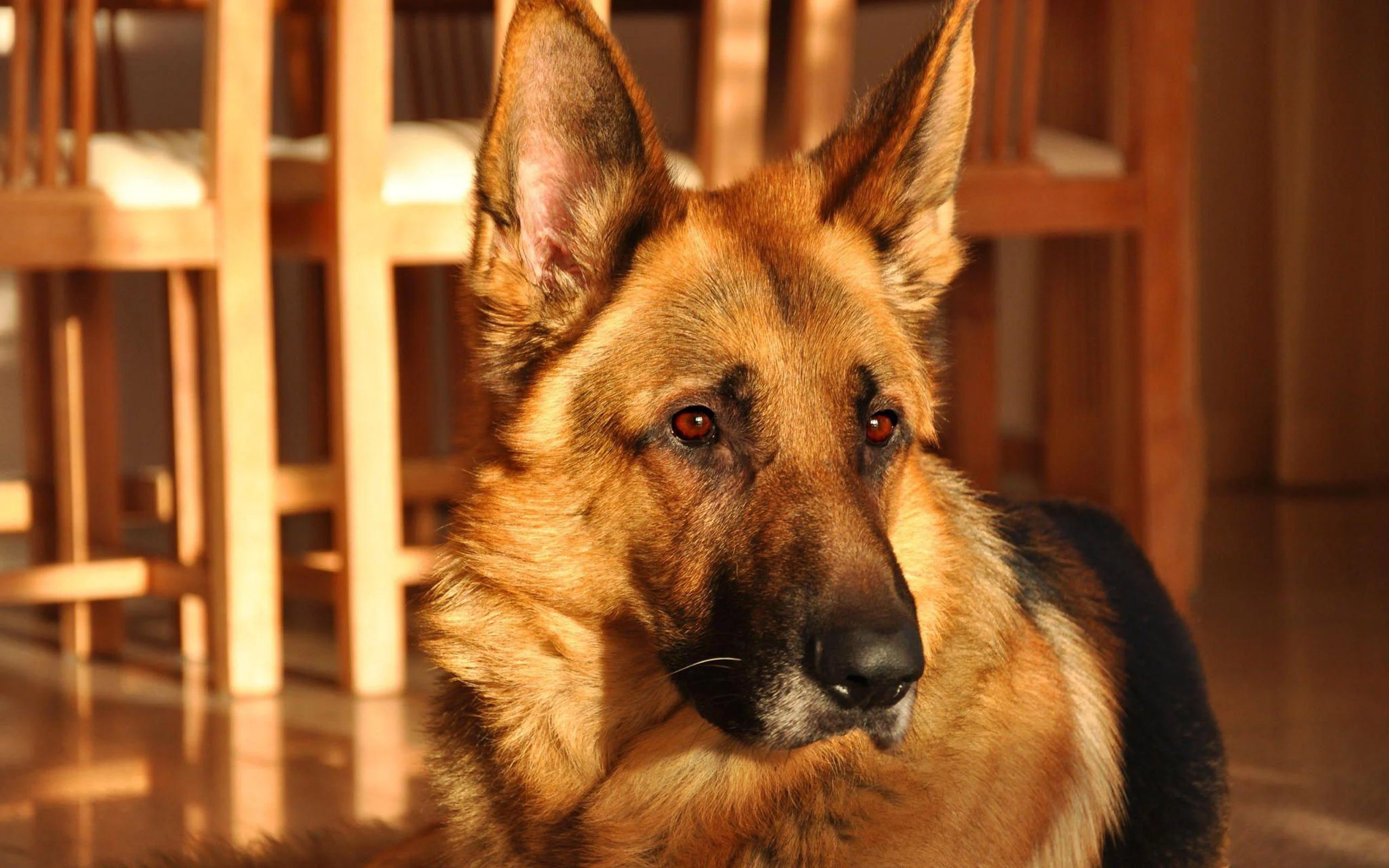
Retirement should be a reward—not a struggle—for dogs who’ve spent years in service. With the right training and support, these intelligent, loyal animals can thrive in their new roles as beloved family members.
Interested in adopting a retired K9? Reach out to organizations like Mission K9 Rescue or Save a Vet to learn more about available dogs and their needs.
You Might Also Like:
- “From Duty to Family: How Retired Police & Military German Shepherds Find New Purpose”
- “The Science Behind a Working Dog’s Training: What Makes Them So Exceptional?”
Frequently Asked Questions (FAQs)

1. How long does it take for a retired working dog to adjust to home life?
The adjustment period varies—some dogs adapt within weeks, while others may need several months. Factors like the dog’s age, length of service, and temperament play a role. Patience and consistency are key.
2. Are retired police/military dogs aggressive?
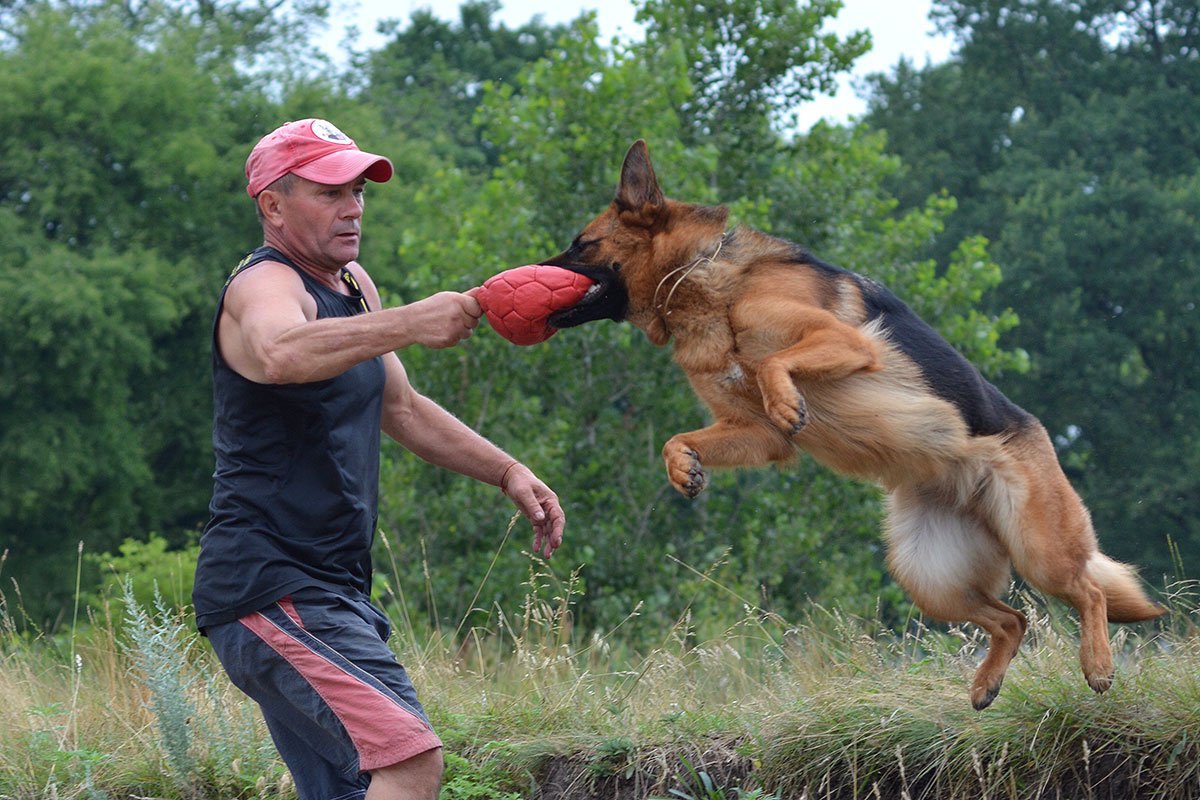
Not inherently. These dogs are trained to follow commands precisely, but they may have heightened instincts (e.g., suspicion of strangers). Proper decompression and socialization usually mitigate any unwanted behaviors.
3. Can retired K9s live with children or other pets?
Many can, but introductions should be slow and supervised. Some dogs adapt quickly, while others may need ongoing training. Organizations typically assess a dog’s compatibility before adoption.
4. Do retired working dogs need special medical care?
They may have wear-and-tear injuries (e.g., hip dysplasia, arthritis) from their service. Adopters should budget for potential vet visits and consider pet insurance.
5. What’s the best way to train a retired K9 at home?
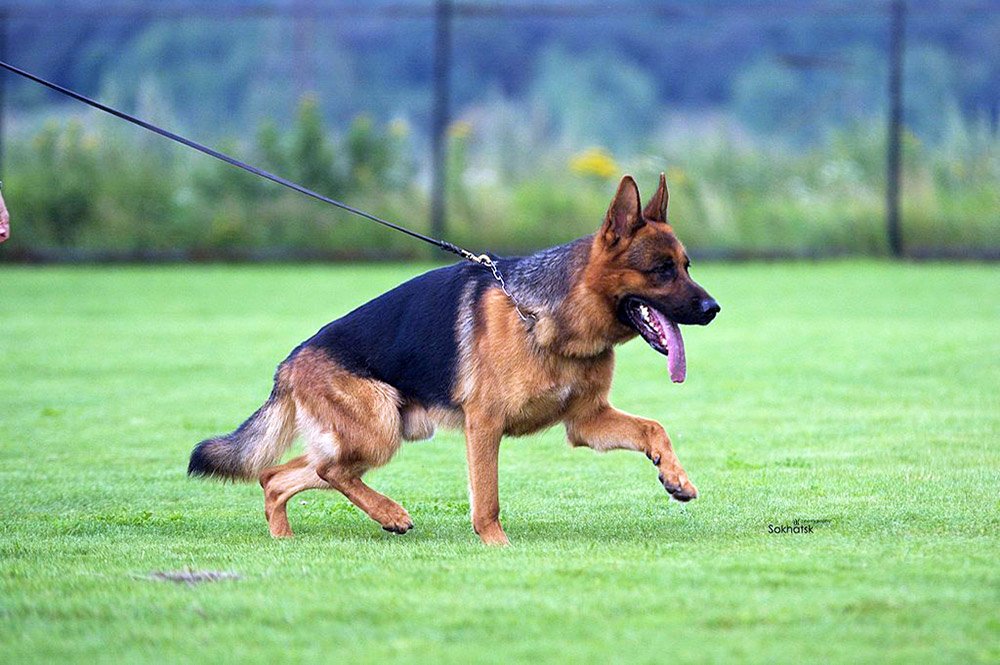
- Use positive reinforcement (treats, praise) rather than harsh corrections.
- Keep training sessions short to avoid frustration.
- Incorporate mental stimulation (scent games, puzzles) to replace their “job.”
6. Where can I adopt a retired police or military dog?
Reputable organizations include:
- Mission K9 Rescue
- Save a Vet
- Local law enforcement K9 units (some facilitate adoptions directly).
7. Are these dogs good for first-time owners?
They can be, but they often require an experienced or committed adopter familiar with large, high-energy breeds. First-time owners should work closely with trainers.
8. Do retired working dogs make good emotional support animals?
Some do, especially if they’ve been retrained for calm environments. However, their natural alertness may not suit all ESA needs—evaluate the individual dog’s temperament.
Want to learn more? Check out our related article: “From Duty to Family: How Retired Police & Military German Shepherds Find New Purpose.”
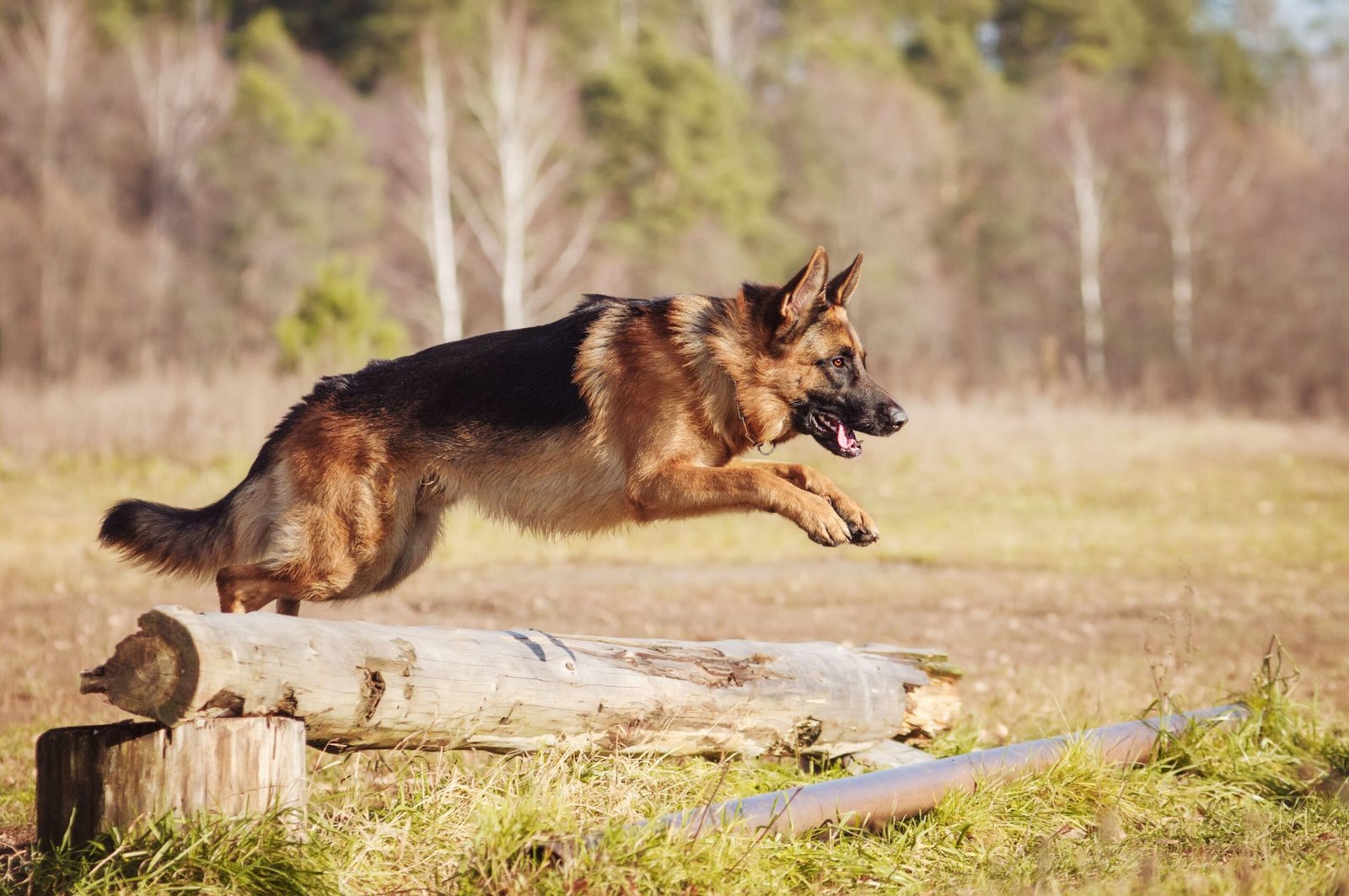
-

 SMALL DOG BREEDS5 months ago
SMALL DOG BREEDS5 months agoMerle Chihuahua: A Comprehensive Guide
-

 SMALL DOG BREEDS5 months ago
SMALL DOG BREEDS5 months agoMaltese: A Beloved Companion
-

 Large Breeds4 months ago
Large Breeds4 months agoSamoyeds Hypoallergenic: Closer Look at the Breed
-

 SMALL DOG BREEDS5 months ago
SMALL DOG BREEDS5 months agoMerle Pomeranian: A Adorable Companion
-

 Large Breeds4 months ago
Large Breeds4 months agoStandard Poodle Weight: Country Wise
-

 MEDIUM BREEDS4 months ago
MEDIUM BREEDS4 months agoAmerican Water Spaniel Colors Chocolate In Crcols:
-

 SMALL DOG BREEDS5 months ago
SMALL DOG BREEDS5 months agoYorkshire Terrier: a Big Personality
-

 Terrier Breeds3 months ago
Terrier Breeds3 months agoDog Breeds: by Country & Category










